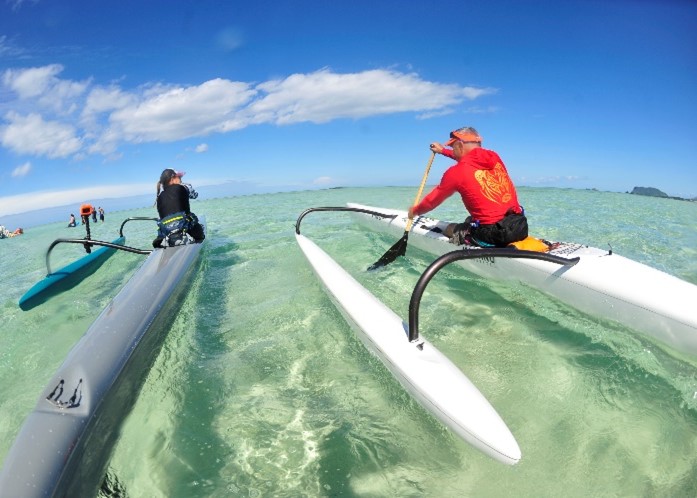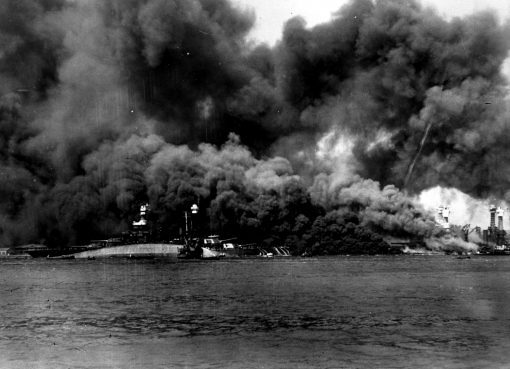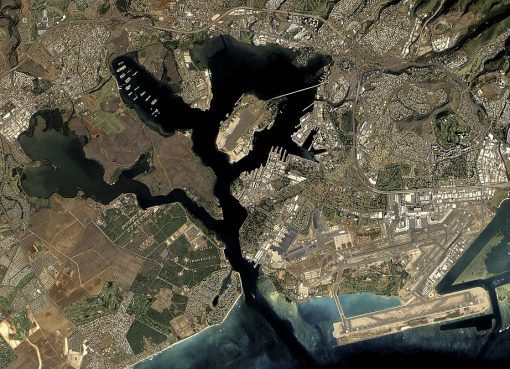One for All: The Many Reasons to Love OC1s

Dozens of one-paddler outrigger canoes (OC1s) drift side-by-side at the racing start line several yards off Lanikai Beach in Hawaii. My canoe and I are sandwiched between a teenager with Justin Bieber hair and a guy with biceps bulging from his orange sleeveless jersey. The starting horn sounds and our impressive armada launches forward. Mr. Bieber-hair and Mr. Orange-jersey frantically paddle and grunt to try to surge ahead. Still, by the half-mile buoy, they make peace with the reality that even middle-aged sunscreen-marinated women like me are getting in on this sport.
Outrigger canoe paddling has been a part of life in Hawaii since the first Polynesians arrived in 400 AD. The outrigger — the lateral float attached to the canoe’s hull — goes back even further to the Austronesians. Although outrigger canoes traditionally require two or more people, the one-person outrigger canoe, or OC1, has also been around for decades. The first OC1 debuted in 1989 in Hawai‘i as a way for paddlers to train on their own in preparation for six-person outrigger canoe (OC6) races, according to veteran paddler Walter Guild in a 1998 interview with Honolulu Star-Bulletin.
For 20 years, highly competitive and skilled outrigger canoe paddlers were the primary OC1 paddlers. Until 2020, the thousands of other paddlers in Hawaii rarely took on the challenge of paddling without a six-person crew. That’s because paddling in the open ocean in an OC1 doesn’t mean going alone. Generally, OC1 paddlers need at least one other person to paddle with for safety purposes. However, with so few female OC1 paddlers, it was challenging for women to find a partner to paddle with. Beginners also struggled to find an experienced OC1 paddler who could accompany them while learning the basics.
That is, until the pandemic.
Hawaii’s COVID-19 safety protocols limited gatherings to five people and required six feet of social distance between people, prohibiting OC6 paddling. By early April 2020, Hawaii Island and Oahu clubs canceled all OC6 activities for the remainder of the year, prompting the thousands of outrigger canoe paddlers to invest their attention in OC1 paddling — the perfect pandemic activity because it happens outdoors and requires at least six feet of space. Paddlers got their OC1s out of storage and bought or borrowed any OC1 they could find. OC1 retailers in Hawai‘i sold out of OC1s in stock, and backorders came with a nine-month wait. Finding other OC1 paddlers to learn with was no longer a problem.
Like so many other socially distanced OC6 paddlers, I fell in love with my OC1 during the pandemic. By focusing on learning to paddle my OC1 correctly, I could paddle out further into the ocean and in less-than-calm conditions. It’s also far more portable than most stand-up paddleboards (SUPs) or kayaks. A typical OC1 hull, which is the main vessel of the canoe, weighs less than 20 pounds. That’s light enough for me to load onto my car’s roof without assistance. Even fully rigged with its outrigger and desired equipment, the OC1 still weighs less than 30 pounds, so paddlers can hand carry the canoe over rocks and sand to the water. This means there is no need to limit paddling to places with boat ramps (there are only about 20 boat ramps on Oahu), and there was an open door to adventures on almost any body of water within driving distance.
Our armada of canoes traverses the azure-colored waters past sea turtles, countless fish and one Hawaiian Monk Seal on our way towards the Mokulua Islands. Without a motorized engine to disturb wildlife, we paddlers see abundant wildlife in Hawaii.
We zoom past SUPs and kayaks, which are much heavier and less aerodynamic than our OC1s. These SUP paddlers and kayakers — many of whom are visitors from the U.S. Mainland — will watch us disappear into the horizon and then return from our seven-mile adventure before they complete their one-mile round trip.
According to the Hawaii Tourism Authority’s (HTA) Visitor Satisfaction and Activity Report, in 2021, about seven percent of U.S. Mainland visitors paddled a SUP, and more than eight percent paddled a kayak or canoe on their vacation to Hawaii. According to HTA’s 2021 visitor arrival data, this equates to just under one million SUP and kayak rentals last year. The opportunity to see more in less time on OC1s is not lost on them, but there is not currently a way for visitors to rent OC1s. Not yet at least.
We paddle between the Mokulua Islands and surf downwind to Kailua beach, catching waves and breathtaking views. This is how we work out. This is our gym. It makes me regret every unnecessary moment I wasted in a fluorescent-lit gym. Paddling on an OC1 engages the muscles of the arms, legs, back, and shoulders. It builds core strength without weight-bearing, high-impact movements. This enables athletes over 60 to get full-body workouts with less impact on their joints and compete against paddlers half their age.
We cross the finish line and bump fists as we blurt out things we were too breathless to say on the water; we see 100-pound, 73-year-old Dinora Gill effortlessly dust three men in the sprint to the finish.
If you haven’t fallen in love with OC1 paddling yet, now is a great time. The demand from visitors has not peaked yet, and the OC1 manufacturers are catching up on backorders. As new OC1s come in, older models are being resold. Most importantly, there are more OC1 paddlers of all ages and experience levels out on the water even as OC6 paddling resumes. A rising tide lifts all boats and OC1 paddlers on the water give us all opportunities to experience the ocean even without bulging muscles or Justin-Bieber hair.
Jill Radke is an avid OC1 paddler who lives in Kaneohe, Hawaii.



